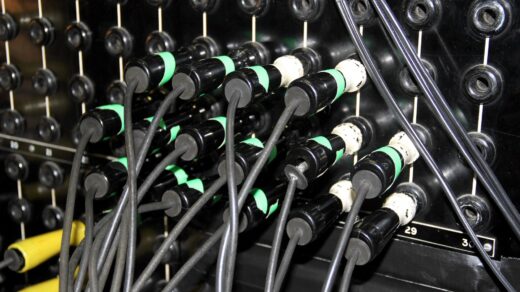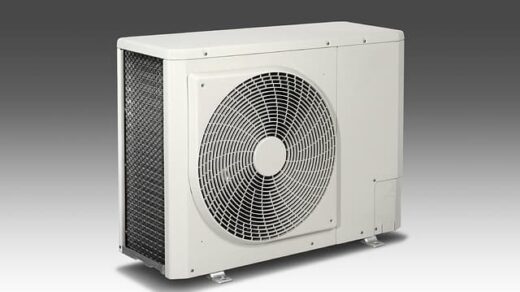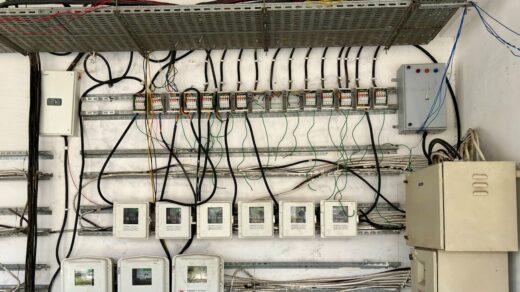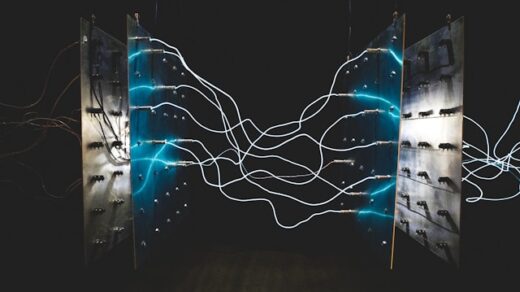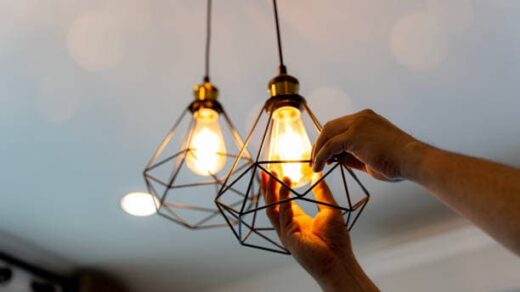In today’s electrically driven world, the 3 prong plug stands as a testament to both safety and usability. Understanding its wiring colors can simplify repairs, enhance compatibility, and optimize appliance performance. This article provides a comprehensive view, shedding light on the colors and their relevance in electrical circuits.
The Basics of 3 Prong Plugs
Three-prong plugs are omnipresent, ensuring a grounded and secure connection. Comprising three terminals: hot, neutral, and ground, each wire serves a unique purpose, pivotal to the functioning and safety of electrical gadgets. Their design provides a balanced electrical flow, reducing risks associated with electrical faults.
Wiring Colors and Their Significance
Colors in a 3-prong plug are standardized for clarity:
- Hotwire (usually black or red): This vital wire channels electricity from the source, fueling the device;
- Neutral wire (typically white): Serving as the return conduit for the current, it completes the electrical circuit;
- Ground wire (generally green or bare): A quintessential safety net, this wire circumvents electric shocks during faults, grounding the excess charge.
Comprehending these colors is paramount, ensuring correct connections and optimizing device safety and efficiency.
Comparison Table: International Wiring Color Standards
| Country/Region | Hot Wire | Neutral Wire | Ground Wire |
|---|---|---|---|
| USA | Black or Red | White | Green or Bare |
| UK | Brown | Blue | Green/Yellow |
| Australia | Brown | Blue | Green/Yellow |
| EU (most areas) | Brown or Grey | Blue | Green/Yellow |
Global variations in color codes arise from regional regulations and historical reasons. It’s imperative to stay updated with local standards when handling or repairing electrical devices in foreign territories.
Safety Considerations When Working with 3 Prong Plugs
Electrical tasks demand respect and caution. Before initiating repairs, always ensure devices are disconnected from power sources. Accustom yourself to local wiring standards and employ specifically designed electrical tools. Wearing gloves and safety goggles adds an extra layer of protection. If tasks seem daunting or unfamiliar, it’s prudent to engage professionals.
Common Issues and Troubleshooting
3 prong plugs, despite their robustness, can encounter issues:
- Loose connections: Resulting in inconsistent operation, often caused by wear and tear. Tightening connections can resolve this;
- Corroded terminals: Impede optimal conductivity. Cleaning or part replacement is advisable;
- Mismatched wiring colors: A prevalent issue in areas with non-standardized color codes. Always cross-reference with local standards.
Staying vigilant and periodically inspecting plugs can preempt many of these issues, ensuring consistent performance.
Video Guide
If you still have questions, we suggest you watch the video we have prepared for you. Enjoy watching it!
Conclusion
The 3 prong plug, with its distinct wiring colors, is the unsung hero of electrical safety and efficiency. Familiarizing oneself with these colors, the international standards, and the nuances of each wire’s function equips individuals to handle minor electrical challenges with aplomb. Always prioritize safety, use the right tools, and in instances of uncertainty, lean on the expertise of professionals.



